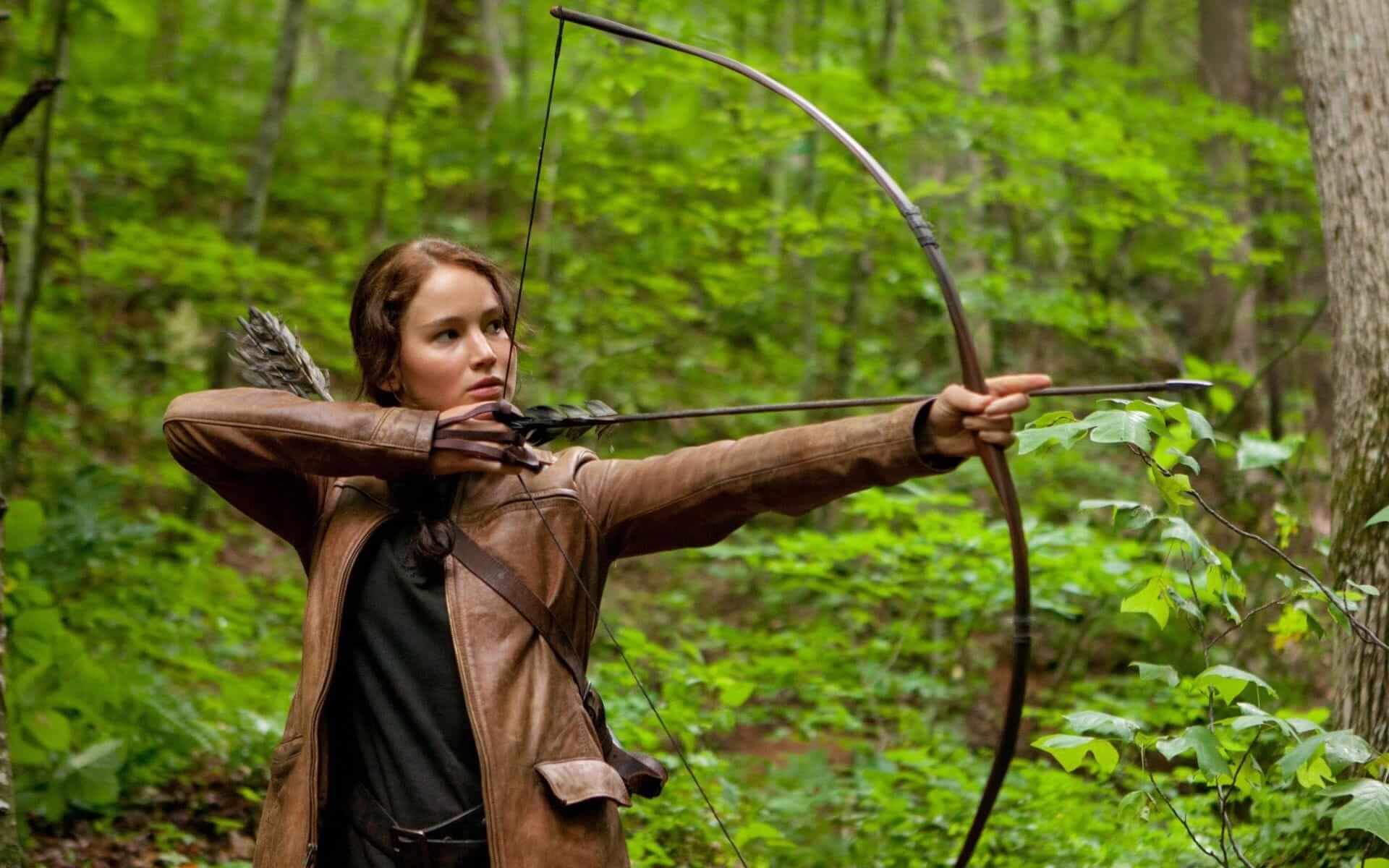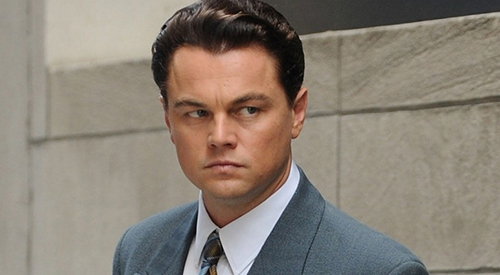-
Cinematography
The art of photography and camerawork in film-making.
-
Extreme long shot (XLS)
- Covers wide area.
- Shows the whole subject and it's surroundings.
- Gives context for your scene.
Long shot (LS)
- Shows the whole subject from head to toes.
- The focus is the subject but the environment is also visible.
- It's used to show action instead of emotion.
- Shows the whole subject from the knees up.
- It's an intermediate shot between the long shot and the medium shot.
- Shows the subject and they're surroundings.
- It can be used when they have 2 or 3 people in the frame.
- Shows the subject from the waist up.
- Normally used during interviews.
- Directs the viewer to the subject.

Medium close-up (MCU)
- Shows the subject's head and cuts off around mid-chest.
- The focus is on the subject.
- Shows very little of the subject's surroundings.
- It shows the facial expressions of the subject.
- Normally used in interviews in documentaries and new programs.
Close-up (CU)
- Frames the subject's face and its off mid-neck, revealing the face and entire head.
- The subject fills almost the entire frame.
- Captures facial expressions and emotions.
- Shows just the person's facial features.
- Frames only a portion of the subject.
- Used to show the person's emotions.
High camera angle
- A cinematic technique where the camera is looking down on the subject.
- Used to show vulnerability of the subject when applied with the current mood, setting, and effects.
- Makes a scene more dramatic.
Low camera angle
- When the camera is positioned low on the vertical axis, anywhere below the eyeliner.
- This angle is typically used to show the subject as being powerful and strong.
Dutch camera angle
- When the camera is set at an angle on it's roll axis.
- Used to portray psychological uneasiness or tension in the subject being filmed.









No comments:
Post a Comment